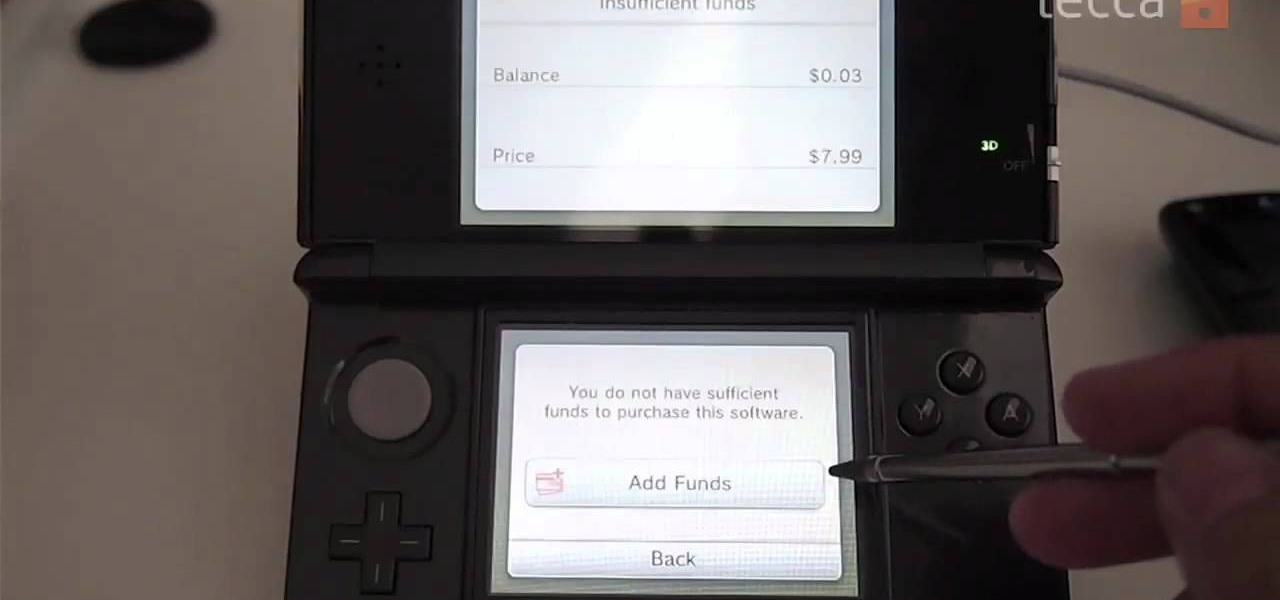PPSSPP stands for Portable PlayStation Simulator Suitable for Playing Portable is an excellent emulator of the Sony PlayStation Portable (PSP) console. It supports loading the ROMs of PSP games such as (ISO, CSO, PBP, ELF files), demos, and homebrews. It is cross-platform compatible with all the major operating systems. It is the most sought after in the world of PSP emulators.Compared to other emulators such as JPCSP (Java-based emulator) and Soywiz PSP emulator, PPSSPP has proven its usefulness on multiple platforms.

This emulator is capable of playing a handful of PSP games. Why is PPSSPP Emulator a Preferred PSP Emulator?PSP games can be played on your PC using the PPSSPP emulator. It is an open-sourced project that allows you to play retro console games in HD. You can customize your on-screen touch controls, save and restore games, tweak your filtering and texture scaling, and continue playing your games from archives on your PSP.The PPSSPP application is a standalone program, so it does not have an install wizard. The installation is simple: download the zip file and unpack it where you like or download the installer.
The interface is well-organized, straightforward, intuitive, and also, the design is simple for all kinds of gamers - beginners and advanced. However, the optimization of the settings and emulation parameters is aimed at more expert players. The PPSSPP interface consists of three primary tabs:. Recent tab - this displays the recently played game. Games tab -this helps you navigate through the folders of your computer to upload the Homebrew & Demos files and ROM. Homebrew & Demos tab - this is a PSP store, where you can download games.Game Settings that can be customized include:.
Vertical synchronization - This makes the number of frames per second stabilize with the refresh of the screen. If it's not activated, you might get an 'unreal' flow in the game and some cases, even some tearing. Still, it's more than advisable to leave it deactivated if you've got insufficient hardware capacity. Post-processing shader - This gives you an array of filters to improve and soften the viewing of images in high resolution.
This is a matter of taste, but the one that offers the sharpest image is the FXAA. You also have to keep in mind whether the game is 3D or 2D. In the case of the latter, it's better to disable the shaders to enjoy those gorgeous fat pixels fully.
-1.jpg)
Rendering resolution - Here we need to insert a small aside, as the resolution is not the same thing as the rendering resolution of the image being broadcast on the screen. It's quite absurd to set it to more than 1080p if that's the resolution of your monitor when you put the image in full screen. The possible options are based on multipliers of the original resolution, so a 2x rendering offers an output of 960×54 (with the original at 480×272). Keeping in mind that some shaders require additional resolution, with 4x you should be more than satisfied. Window size - Not much to add here.
You can skip this section if you're going to play in full screen. Graphics engine - By default OpenGL is ticked; however, most of the time performance is higher with DirectX9, particularly if you've got AMD hardware. There's no harm in trying the alternative, of course, but it's still quite green. Rendering mode - Buffer rendering is crucial if you apply a post-processing shader. If you're good on the hardware, you can opt to jump the buffer effects and get a bit more resolution to hide the saw teeth, although in many cases this could prompt serious viewing issues in your game. Jump frames - Not very advisable for how terrible the lack of on-screen images per second can turn out.
Also, it has a negligible impact on the general performance of the emulator. Texture filtering - We'll leave this option on automatic and close if the game is in 2D so as not to smudge the sprites. There's not much you can do in 3D to improve the viewing of the typical superimposed flat HUD. Screen scaling filter - The viewing of the scaled image on your monitor, can also be softened as it doesn't coincide with the native size.
Gratis Emulators Nintendo Ds Per Psp Player
Use linear mode for 3D and close mode for 2D. Texture scaling - This enables you to go even deeper into textures to enhance them if they're in low resolution and are very close to the camera. Here you should mess around a bit until you find a balance between quality and performance, as every title is a world unto itself. With 2x and the xBRZ filter, you should be more than okay at 1080p.From the Settings menu, however, the user can optimize the emulation parameters.